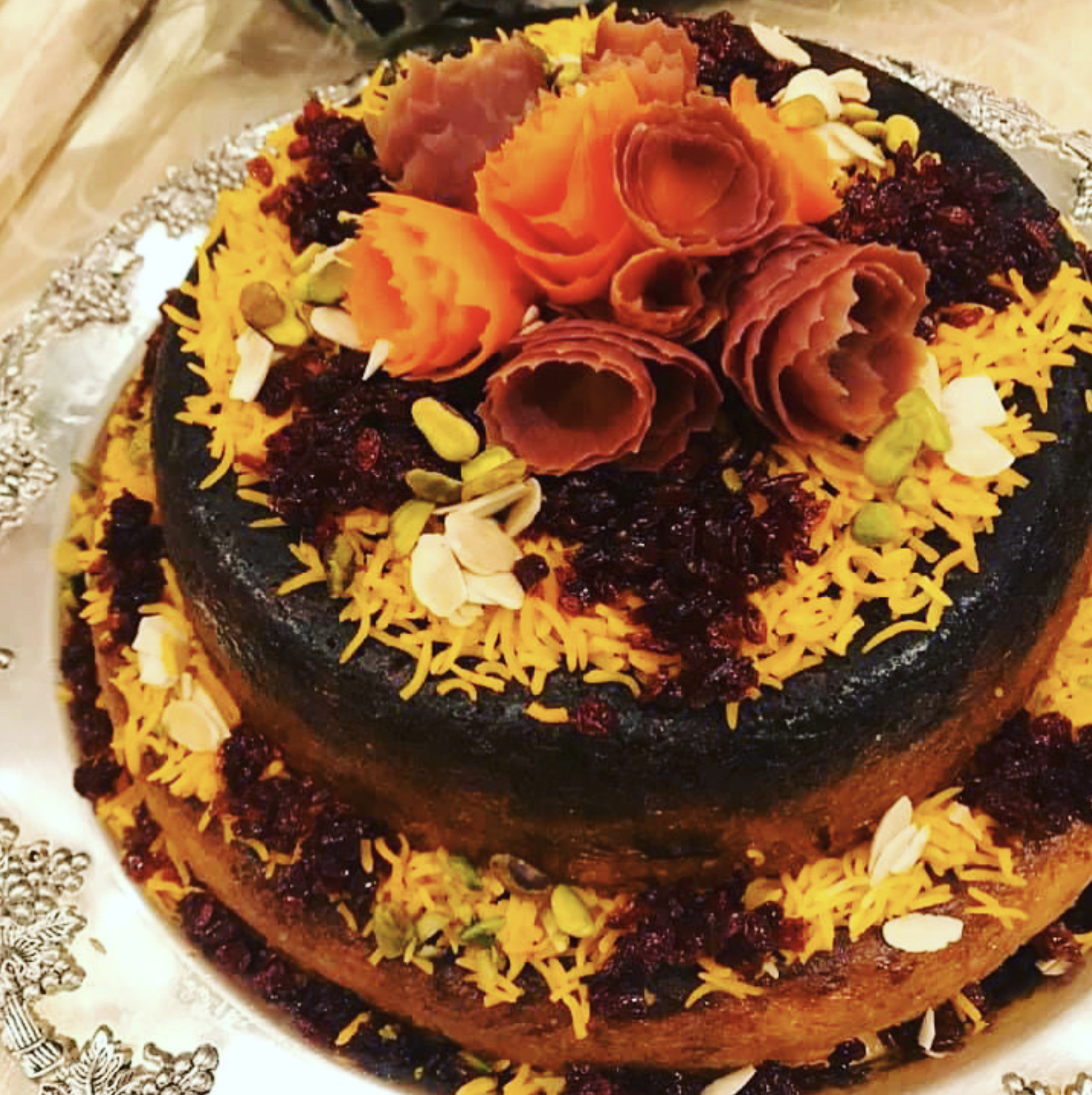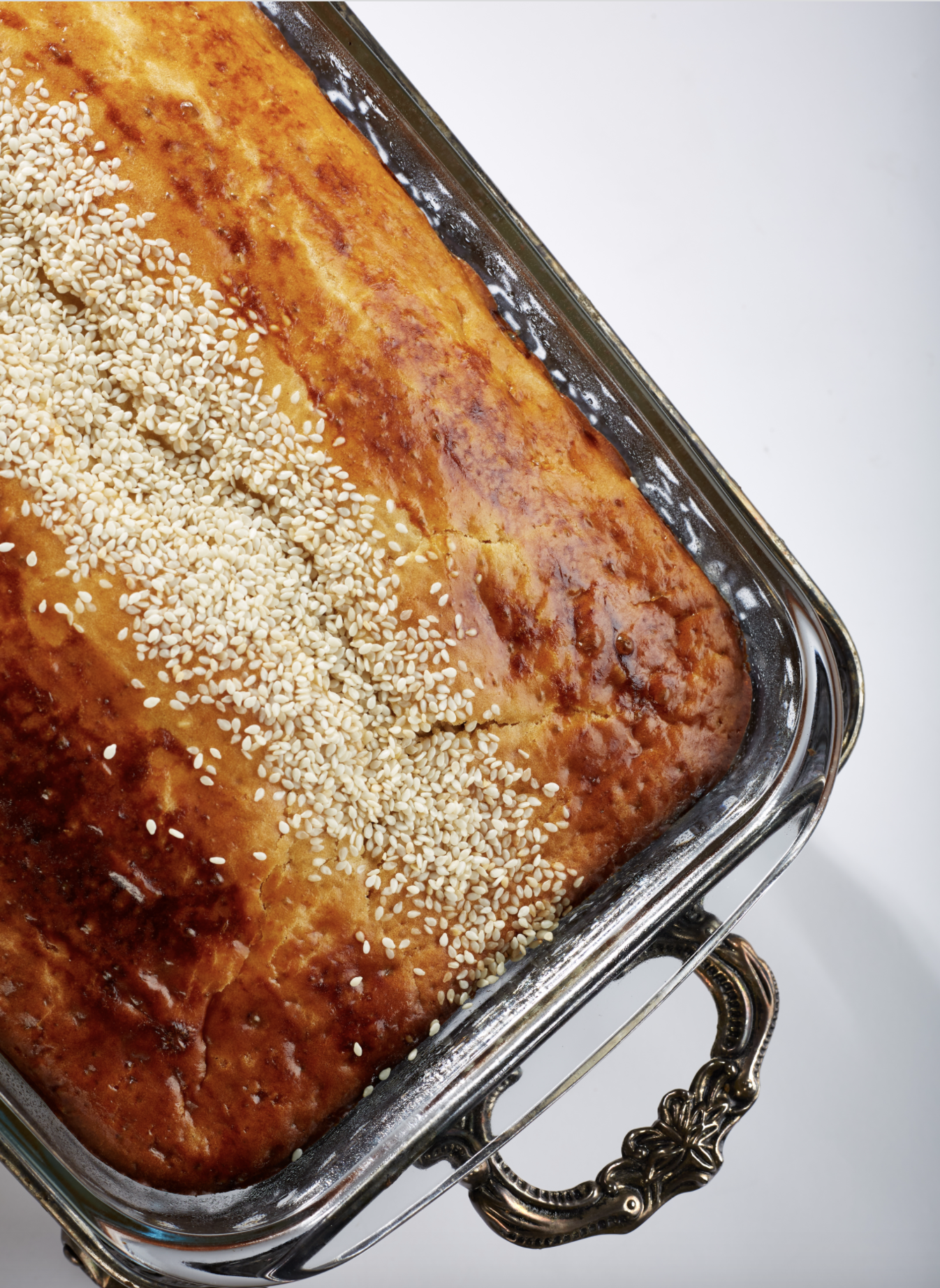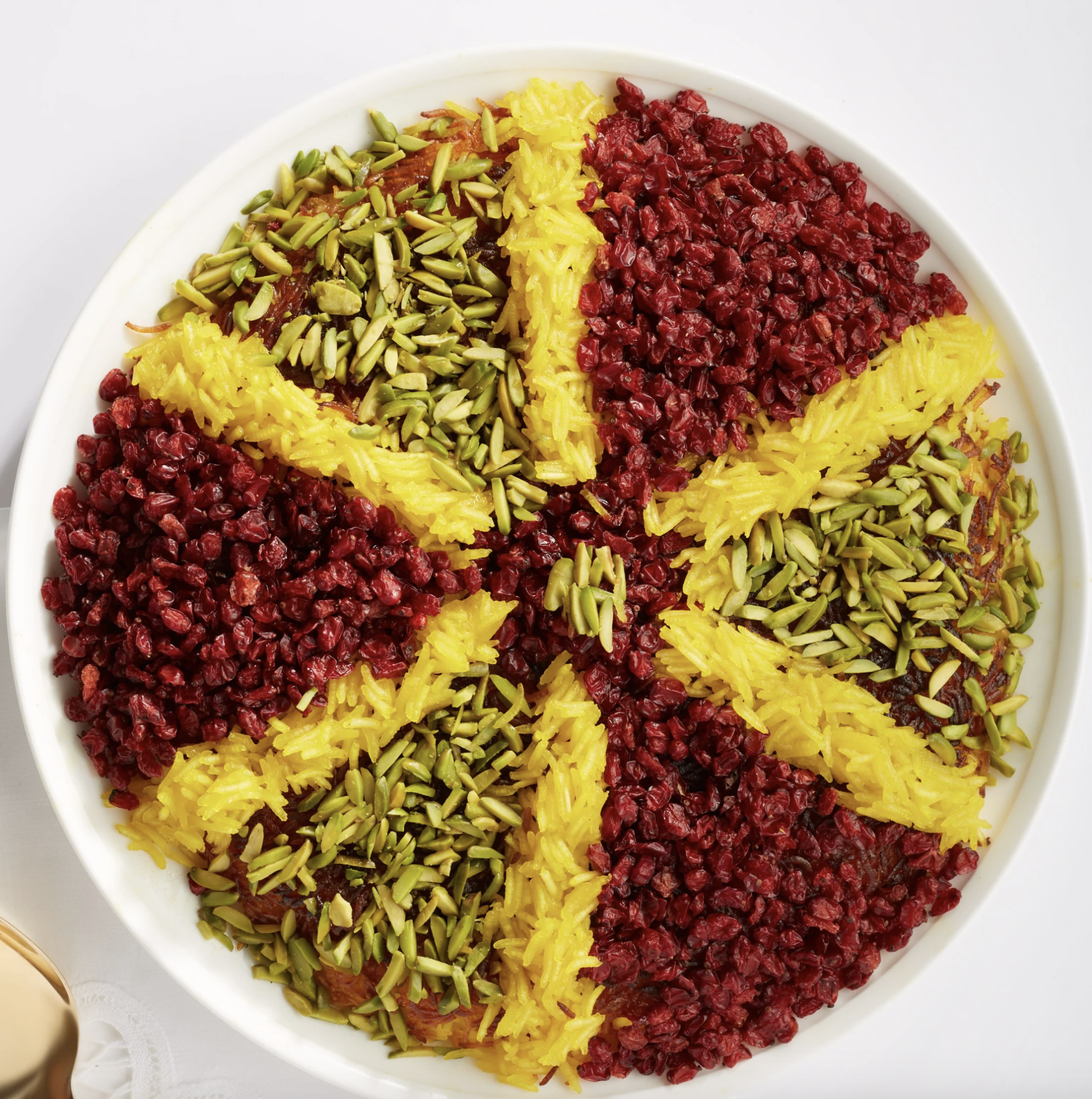Growing up in a Jewish family in Tehran, Iran, Angela Cohan enjoyed her family’s Persian cuisine. After the Iranian Revolution of 1979, the family left for the U.S.—namely, Southern California, where Cohan married and raised a family. Yet she remembered the recipes of her childhood, which reflect both Persian and Persian-Jewish traditions. Now she’s sharing this heritage in a new cookbook, “Persian Delicacies: Jewish Foods for Special Occasions.”
“What I really wanted to do was tell the story of our immigration through the prism of food,” Cohan said. “That’s how I decided to pursue it.”

Angela Cohan (Courtesy photo)
Through fascinating recipes and gorgeous photography, Cohan illuminates the world of Persian cuisine, which has a centuries-old history, including under the Persian Empire, which stretched from Turkey in the west to close to China in the east.
“Iran was strategically located in the middle of the Silk Road, between India and Europe,” Cohan said. “There were little hotels called caravanserais, where merchants stopped. They would bring spices from India, from China, all over the world, on their way to Europe. Iran has many influences on Indian cuisine, Chinese cuisine. I think a lot of the [Persian] rice dishes have their origins in India, that part of the world.”
Many recipes within the cookbook feature rice, spices or both.
“The star of the Persian cuisine is rice,” Cohan said, including a crispy dish called tahdig that her family served during its first Thanksgiving in the U.S.
“Our American guest did not know it was supposed to be burnt,” Cohan recalled. “She said we were burning the food, burning the rice. This is a delicious, excellent dish.”
Another big part of Persian cuisine is spices such as saffron and turmeric.
“The use of spices is very extensive in all kinds of rice, all kinds of stews,” Cohan said, “for additional depth of flavor, and also for garnishing the rice dishes.”

(Courtesy image)
When many think of Persian cuisine, kabob comes to mind, and there are multiple such recipes in the book. Yet there’s so much more.
“I think because kabobs are probably easier to make in a restaurant they figure prominently,” Cohan said. Yet she recommended trying other dishes like saffron chicken, which she called “just exquisite with the saffron.”
There are traditional Persian Jewish foods. The book notes a staple of Friday night Shabbat dinner for Jewish Iranian Americans—gondi, or chickpea flour meatballs. In Tehran, Cohan’s family said the hamotzi prayer over flatbread, not challah. Traditional foods at funerals and memorials include a frittata called kuku sabzi, a rice with lentils dish called adas polo and halva. The roundness of lentils symbolizes life. Cohan also has a recipe for Passover charoset from her mother—one of many family recipes in the cookbook, which arose six years ago after Cohan’s daughter expressed an interest in learning about her culinary heritage.
“If I did not compile recipes, try to document past traditions,” Cohan said, “the recipes, our stories, Farsi, the Persian language, would be forgotten by the next generation or so. It was incentive and inspiration to write it.”

Jeweled rice (javaher polo) (Courtesy Angela Cohan)
She said she “also wanted to pay tribute” to the mostly female cooks in her family, including her mother, her late grandmother and aunts who helped raise her. There’s also an egg dish that Cohan’s uncle used to make. Cohan has high praise for her sister—“a master chef, a better cook than I am.” As for Cohan’s daughter, she is “a fantastic cook who loves baking.” The author has two grown children, a daughter and son; they were both back home during the COVID-19 pandemic: “Everybody was cooking and baking,” she said.
Cohan herself is the former editor of the Iranian Jewish Chronicle and a member of the PEN USA literary organization who has been cooking since her 20s, before she married her husband, who is also a Persian Jew. His favorite rice dish, which is sweetened with dates and raisins, is included in the cookbook, as is a fall salad with two of his favorite vegetables, squash and beets.
“It’s my own creation,” Cohan said of this salad, adding that collectively, the recipes are “a mix of family recipes, my recipes and traditional recipes.”
Some reflect ancient traditions, including the Persian New Year of Nowruz, held on the first day of spring.
“It’s an absolutely major celebration for all Iranians,” Cohan said. “I make sure I celebrate it with my children. I like to educate everyone [that] it’s a secular holiday, nonreligious, non-denominational. It goes back many centuries ago.”

Aunt Jacqueline’s famous noon shirmal (Courtesy Angela Cohan)
Her favorite Nowruz dish is sabzi polo, or rice with green herbs, “usually served with fish, which represents Anahita, angel of water and fertility.”
She also includes a dessert dish popular during the Islamic holiday of Ramadan—a funnel cake called zulubia, eaten at the end of the fast.
“I wanted to honor the Iranian people,” Cohan said. “It’s such a staple of the Middle East. It’s what we used to eat in Iran. It’s still very popular. It’s very sugary, very oily, popular with tea. It’s what the older generation gravitates toward.”
Some recipes reflect Cohan’s incorporation of vegetarian alternatives to meat dishes, as well as new, health-conscious ingredients, including an avocado and spinach hummus, after interviewing a nutritionist for the cookbook.
“I was trying to make recipes a little bit healthier,” Cohan said, noting that the avocado and spinach hummus “incorporates some minerals and vitamins into basic staples.” She similarly updated her uncle’s egg dish with vegetables and quinoa.

Rice with Barberries, saffron and pistachios (Courtesy Angela Cohan)
However, she said, many traditional recipes are healthy in and of themselves.
“We usually have fresh mint tea for an after-dinner digestive,” Cohan said. “It’s very healthy for you. Hot water with mint after any meal will calm the stomach [and] help with digestion,” while “Persians in general have known for centuries that turmeric and saffron have anti-inflammatory, healing qualities. It’s nice that science is catching up with this knowledge.”
Want to try a recipe from the book? Learn how to make Persian chicken kotlet or dolmeh (stuffed peppers)!
"along" - Google News
October 27, 2021 at 02:55AM
https://ift.tt/316pJjB
Cuisine Along the Silk Road | JewishBoston - jewishboston.com
"along" - Google News
https://ift.tt/2z4LAdj
https://ift.tt/35rGyU8
Bagikan Berita Ini















0 Response to "Cuisine Along the Silk Road | JewishBoston - jewishboston.com"
Post a Comment